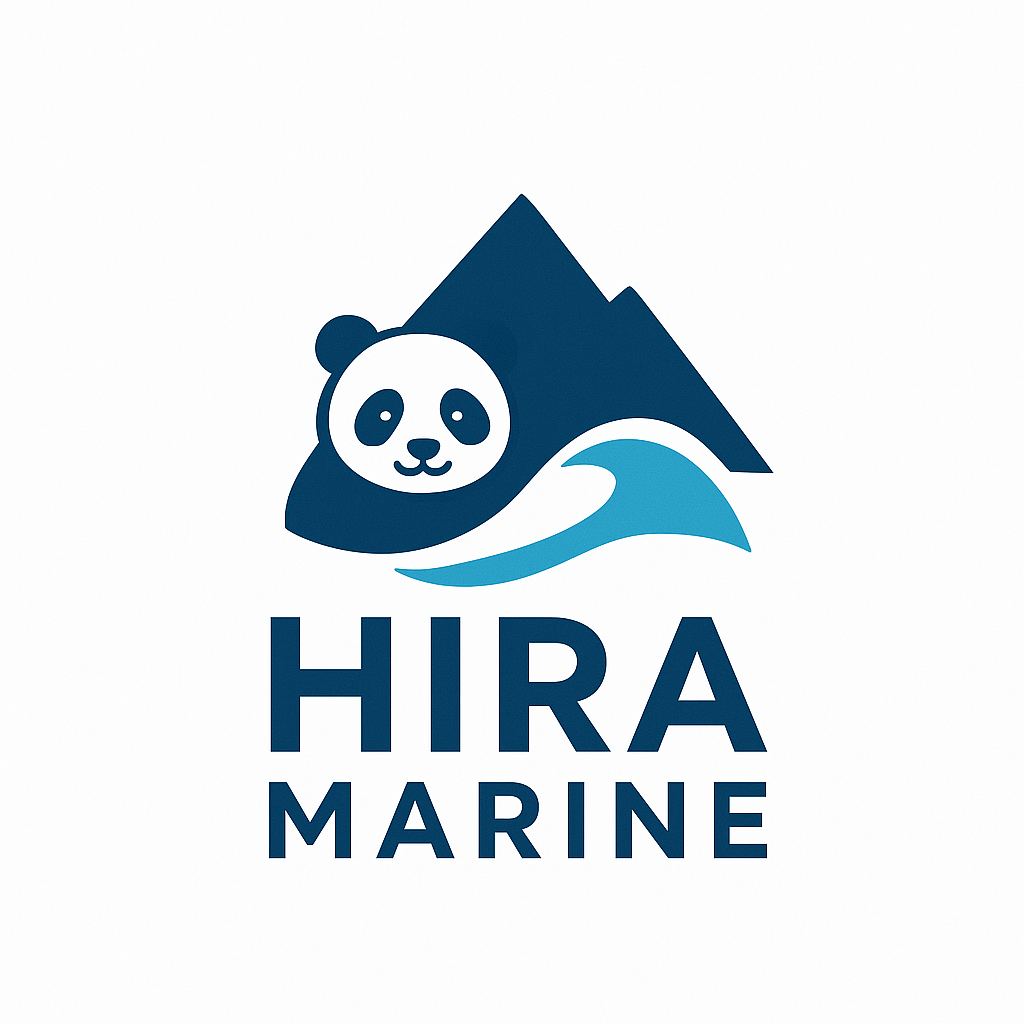
Zero Harm Policy
Key Principles of Zero Harm Policy
Key Principles of Zero Harm Policy
People First – Protecting the health, safety, and well-being of employees, contractors, and the community is the top priority.
Preventive Mindset – Belief that accidents are not “inevitable”; they can be avoided through proactive measures.
Leadership Commitment – Managers lead by example, embedding safety into every decision.
Shared Responsibility – Everyone, from management to workers, is responsible for maintaining a safe environment.
Continuous Improvement – Regular training, audits, and reporting to identify and eliminate risks.
Environmental Protection – Operations are planned to minimize waste, pollution, and ecological impact.
Benefits
Lower incident and accident rates
Improved employee morale and trust
Reduced downtime and costs from accidents
Better compliance with legal and regulatory standards
Enhanced reputation with clients, partners, and communities

QUALITY ON TIME
Our Quality Policy
Quality Awareness: Establish and sustain a culture of quality among all employees, contractors, and suppliers. Promote teamwork to empower our people, enabling them to use their skills at the highest level.
Preventive Approach: Prevent nonconformities by continuously reviewing and improving business processes through self-evaluation, ensuring the most accurate, economical, and timely solutions.
Project Excellence: Complete every repair project on time, using the highest-level manufacturing methods, meeting desired quality and budget expectations, in compliance with shipyard standards and international quality norms.
Continuous Improvement: Enhance efficiency and performance in all processes with a commitment to continuous development.
Innovation & Leadership: Strengthen our position as a leading brand in the sector by embracing innovative and creative approaches that make our business recognized worldwide.
Customer Focus: Provide the best service by fully meeting customer requirements and expectations, becoming a trusted and preferred partner.
Sustainability & Monitoring: Regularly monitor core processes and competencies in line with QMS requirements stated in the Integrated Management System (IMS) Guide. Continuously measure, evaluate, and improve the efficiency of resources to achieve sustainable growth.
